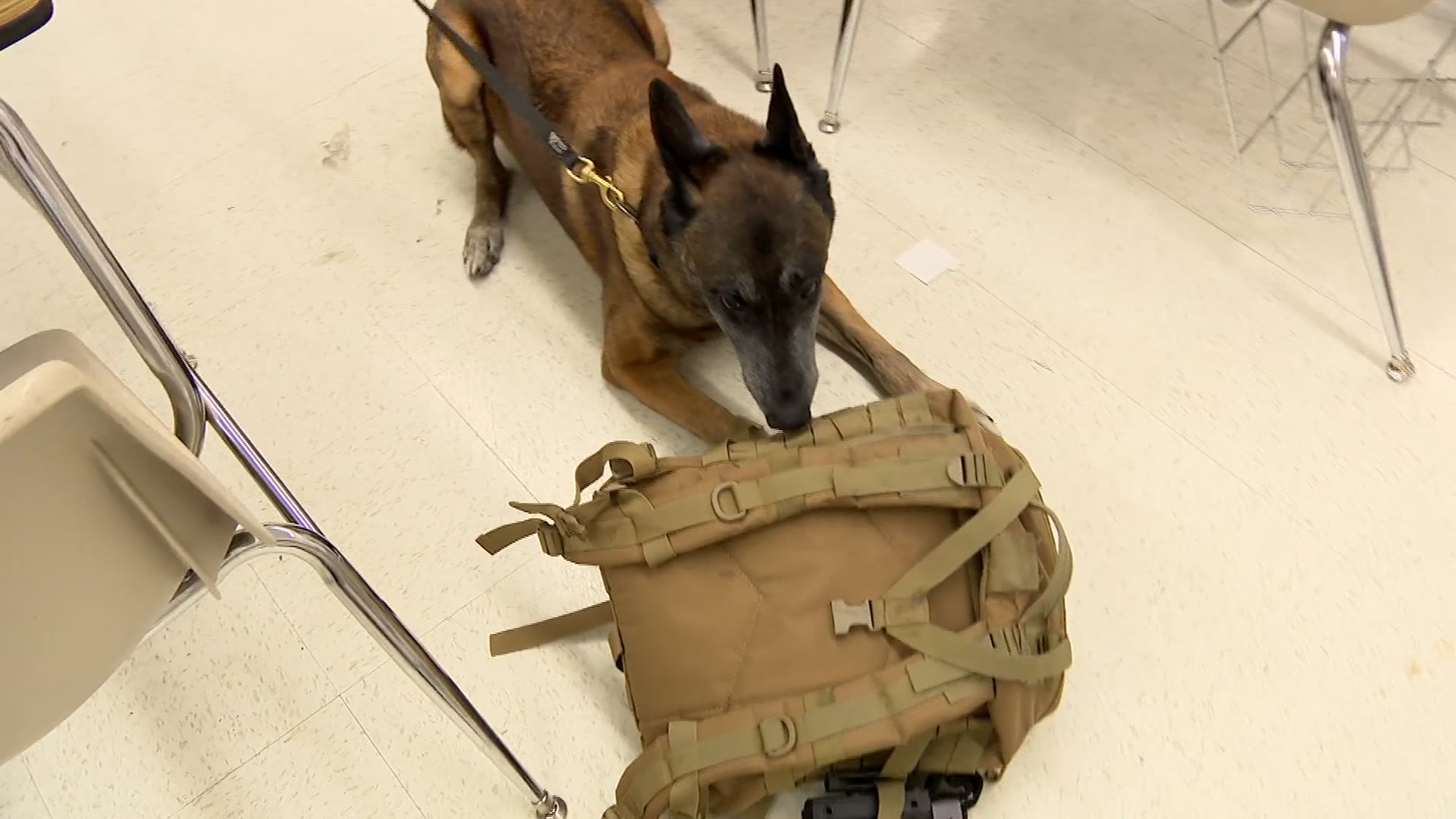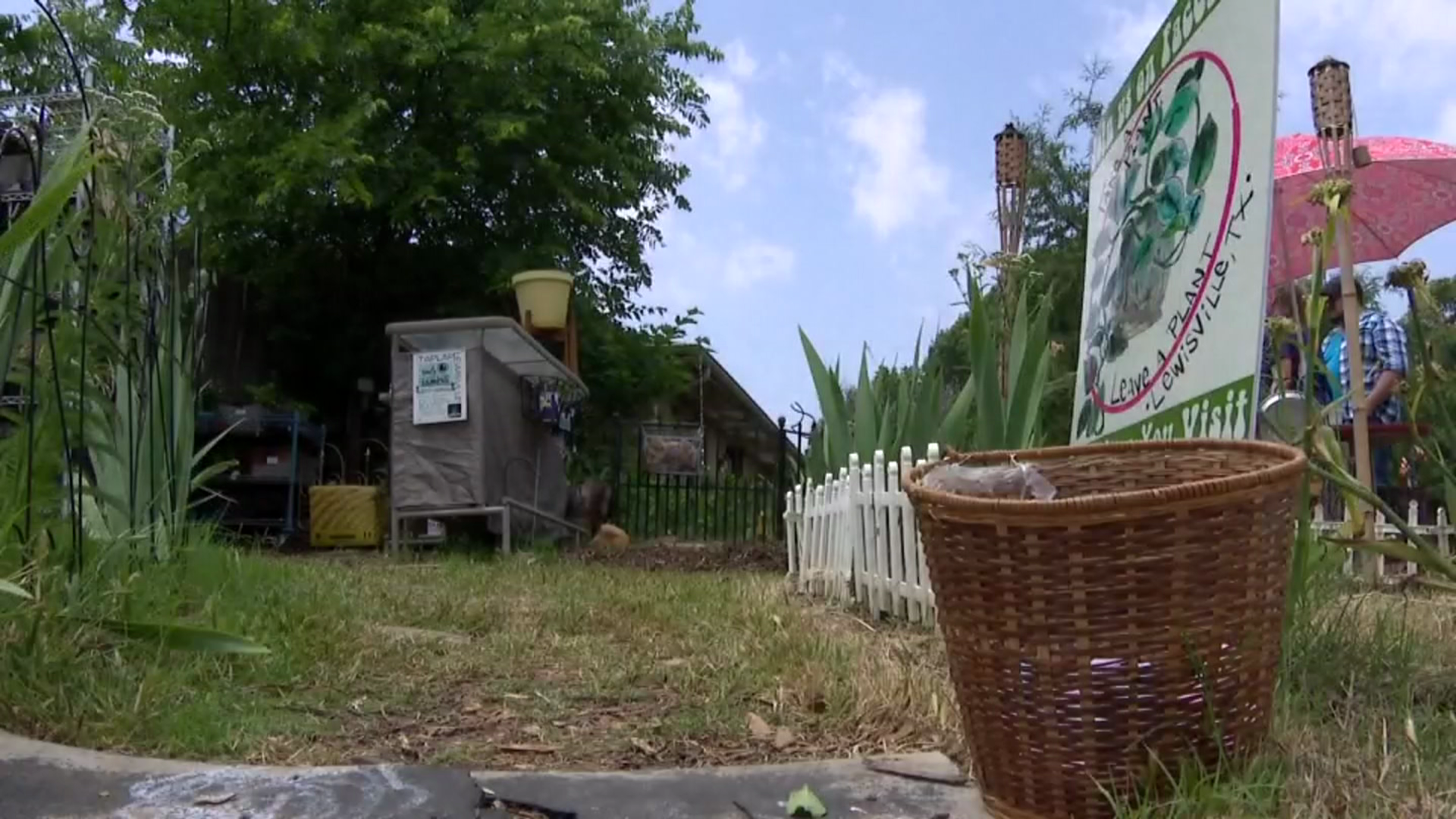Fort Worth Police identified the suspect of a fatal wrong-way crash on Sunday morning as 27-year-old Andrew Adamson of Midlothian.
“He was driving a black dually pickup,” Officer Jimmy Pollozani said. “The suspect right now is in police custody. He is still at the hospital. He is going to be facing two counts of intoxication manslaughter for the death of the two individuals that were in their vehicle.”
The victims, who were traveling in an SUV, died at the scene and were identified as 35-year-old Kristen Huddleston and 42-year-old Jared Huddleston.
“The victim vehicle was traveling Interstate 30 westbound, attempting to take Chisholm Trail Southbound,” Pollozani said. “The suspect vehicle was traveling eastbound on the bridge wrong-way, which resulted in a head-on collision.”
Get DFW local news, weather forecasts and entertainment stories to your inbox. Sign up for NBC DFW newsletters.
Fort Worth police are investigating how long the Adamson had been traveling the wrong way on the NTTA’s Chisholm Trail Parkway before crashing into the Huddleston’s on Sunday before 1 a.m.
In an email to NBC 5, a spokesperson for NTTA said, “We pioneered deployment of industry-leading technology to minimize wrong-way driving accidents.”
The tools include:
- Thermal imaging cameras to detect a vehicle is driving in the wrong direction, which triggers flashing signs as an instant alert to the wrong-way driver and sends a notification to the Safety Operations Center (SOC)
- An automated wrong-way detection system using existing pavement sensors that immediately alerts the SOC of a possible wrong-way driver
- Lowered “Wrong Way” and “Do Not Enter” signs at a large number of locations across the system
While Sunday’s crash now marks the fourth fatal wrong-way crash in the metroplex in less than four weeks, traffic research experts said they do not occur as frequently on Texas freeways as people think.
Local
The latest news from around North Texas.
“When you look at total crashes in Texas, it is a very, very small percentage. A 10th of a percent of serious crashes are wrong-way driving,” Scott Cooner, a research engineer with Texas A&M Transportation Institute, or TTI, said.
According to its website, TTI assists local agencies and organizations in linking research findings to implementation practices through technology transfer.
“Texas A&M Transportation Institute is probably the largest university-based transportation research group in the United States,” Cooner said. “TXDOT is probably our primary sponsor, but we do national work. Wrong-way driving and traffic operations, in general, is an area that that we've done quite a bit of research on in the last 20 plus years.”
Through their research, Cooner said many of the wrong-way crashes in Texas are linked to alcohol.
“The pattern is that they happen after midnight between midnight and 6 a.m., with the biggest spike being right at 2 a.m., which is when bars close a wrong way,” Cooner said. “Driving is often tied to alcohol involvement. And our research is something that certainly showed that over the years as well.”
That is why any wrong-way detection and alert tools installed on roadways target impaired drivers.
“The driver that's really, really intoxicated is going to be looking right over their hood, according to our studies,” Cooner said. “We've used eye-tracking software to show they're looking right over their hood. And so, having an arrow on the ramp that lights up when they're going the wrong direction is going to be just as effective as a flashing sign.”
TTI is also in the beginning stages of strategizing how to reach those at risk of being struck by a wrong-way driver.
“We would like to then have an alert that, number one, goes out in the vehicle to drivers that are in that area,” Cooner said. “We'd also like to use the big dynamic message signs that that are on the freeway... to let motorists know that they are in that the path of that vehicle.”
However, just like an Amber Alert, a device alert would need to be approved by Texas lawmakers.
“We don’t want to over-alert people,” Cooner said.
Cooner said their work is also about determining the most effective location for detection tools, such as a traditional countermeasure.
“We're trying to do better at countermeasures and putting them in the right places. The ramps for people get going on more often in the urban areas that we know about and getting countermeasures deployed there,” Cooner said. “This is something that we put on the pavement. And if a driver is going in the wrong direction, this is what they're going to see when their headlights light up that arrow on the exit ramp. If you're going in the right direction, you're going to see white. Red for wrong.”
And while efforts are ongoing to prevent another wrong-way crash and fatality, experts said it boils down to driver behavior.
“I think the issue is that when somebody is that intoxicated, we can flash stop them at them, we can have our arrows in place, but we still know that they're going to happen. People are going to enter going the wrong direction.”



